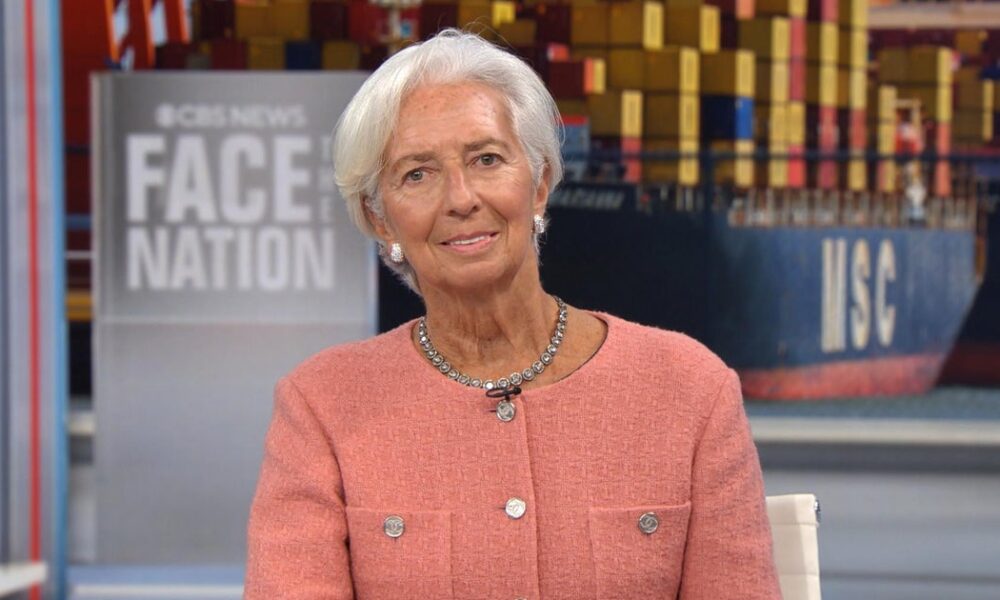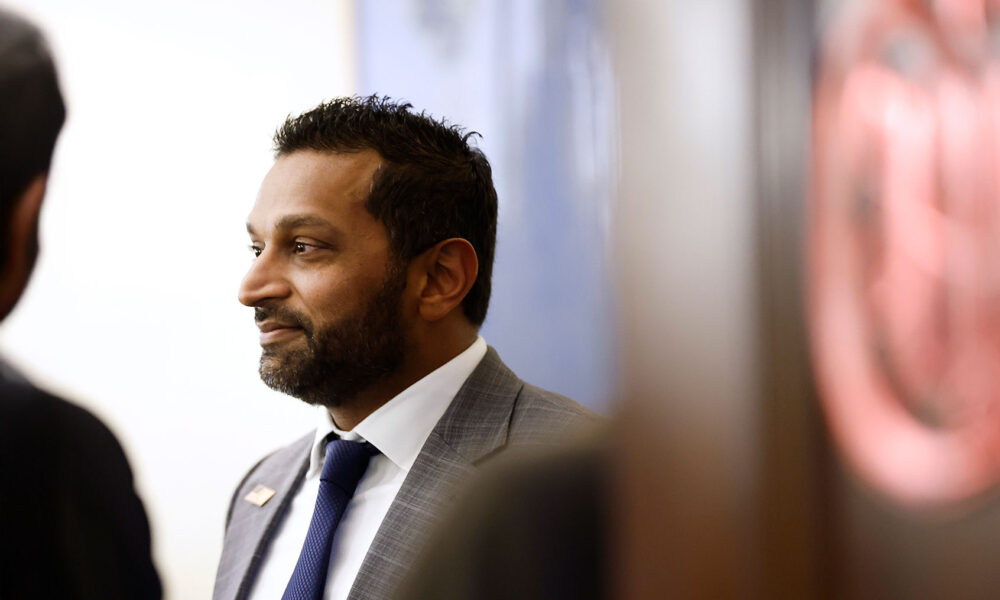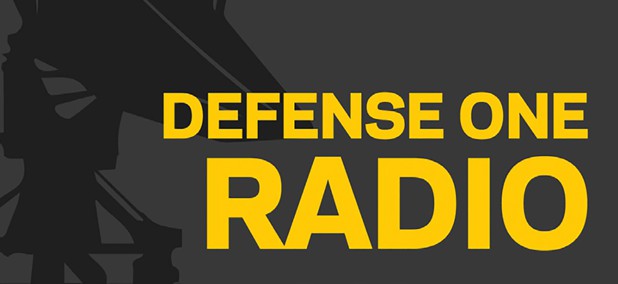The sixth-generation GCAP fighter jet, currently under development as part of a collaboration between the United Kingdom, Japan, and Italy, is designed to accommodate a wide array of weapons and collaborate with various drones. This initiative was highlighted by Group Captain Bill Sanders, a senior official with the UK Ministry of Defence, during the recent International Fighter Conference in Rome.
Flexible Armament for Operational Readiness
According to Sanders, the new platform must feature a weapons bay capable of carrying armaments from all partner countries, as well as those used by NATO and the United States. He emphasized the importance of having a flexible armament strategy, particularly in light of lessons learned from the ongoing conflict in Ukraine. “As you go into a conflict, you rapidly exhaust your stocks and start to put pressure on the supply chain. What you want in that situation is the maximum ability to dig into other stockpiles,” he explained.
Sanders added that the ability to utilize any NATO or U.S. weapon would provide commanders with critical flexibility in the field. He noted that the GCAP should be prepared to use high-cost armaments initially to breach enemy defenses, transitioning to less expensive, unguided bombs as those defenses weaken. “If we keep on using the most expensive weapons throughout the conflict, the cost per kill becomes unsustainable,” he remarked. “We want to start pulling apart the threads of the defensive system we are up against.”
This approach aims to optimize the cost-per-kill ratio by allowing for a strategic selection of weaponry based on the evolving combat scenario.
Integration with Collaborative Combat Aircraft
The GCAP’s adaptability extends beyond armaments; it is also designed to operate with various Collaborative Combat Aircraft (CCAs). Sanders stated, “You have to be in a situation where the GCAP can work with what it finds. It’s no mean feat.” Analysts agree that creating a fighter capable of integrating with different CCAs is a sensible move. Douglas Barrie, a senior fellow for military aerospace at the IISS, mentioned that each partner nation is likely to develop its own CCAs, thus retaining sovereign capabilities while enhancing collaboration.
“Whether they eventually coalesce around a shared platform is an interesting question,” he added. “At the moment, they seem to be going independently, which gives more choice and flexibility.”
The importance of CCAs was a recurring topic at the conference. Officials from Turkey discussed potential integrations with the 20 Eurofighters they have recently agreed to purchase. However, concerns were raised about the cost implications of adapting the Eurofighter to work with various CCAs selected by different countries. Jorge Tamarit-Degenhardt, CEO of Eurofighter, expressed doubts about the feasibility of simultaneous integration efforts, stating, “We cannot do everything at the same time. We don’t have infinite resources.”
The GCAP program represents a significant advancement in military aviation, emphasizing versatility and collaboration among allied nations. As the project progresses, the integration of diverse weapons systems and drones will play a crucial role in shaping the future of air combat capabilities.







